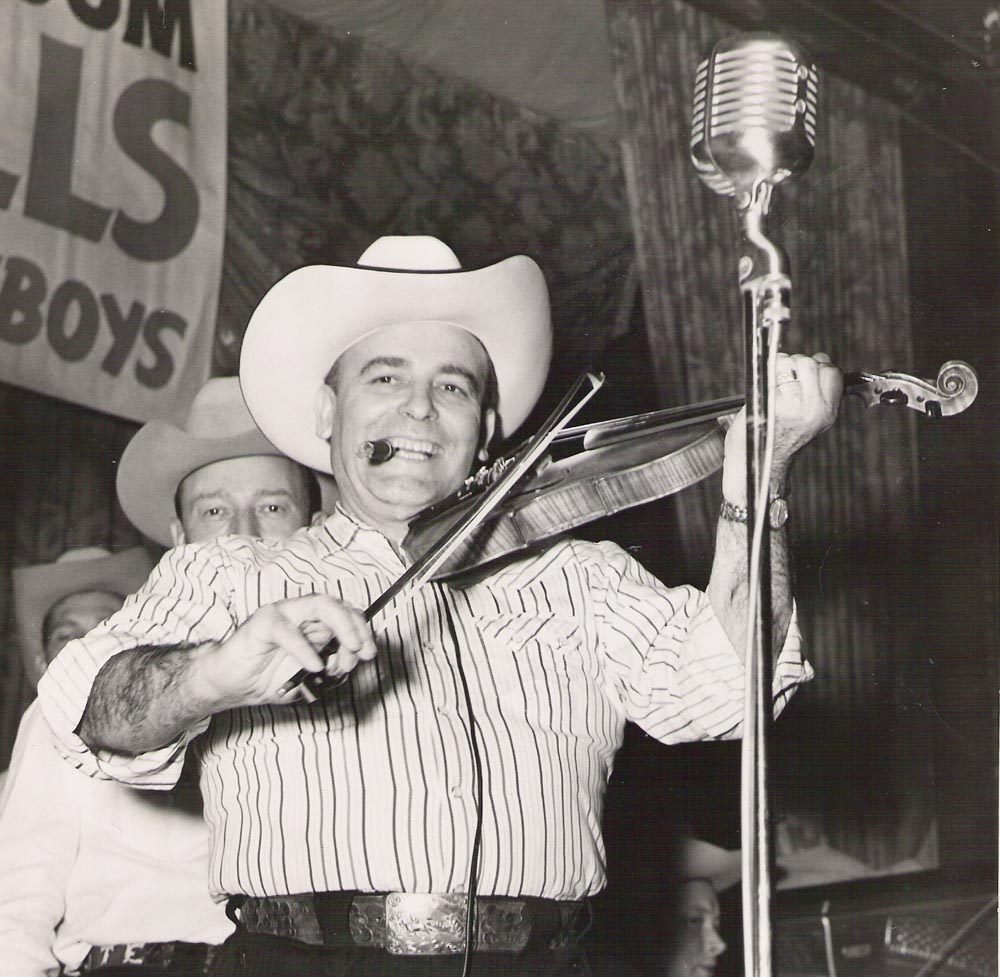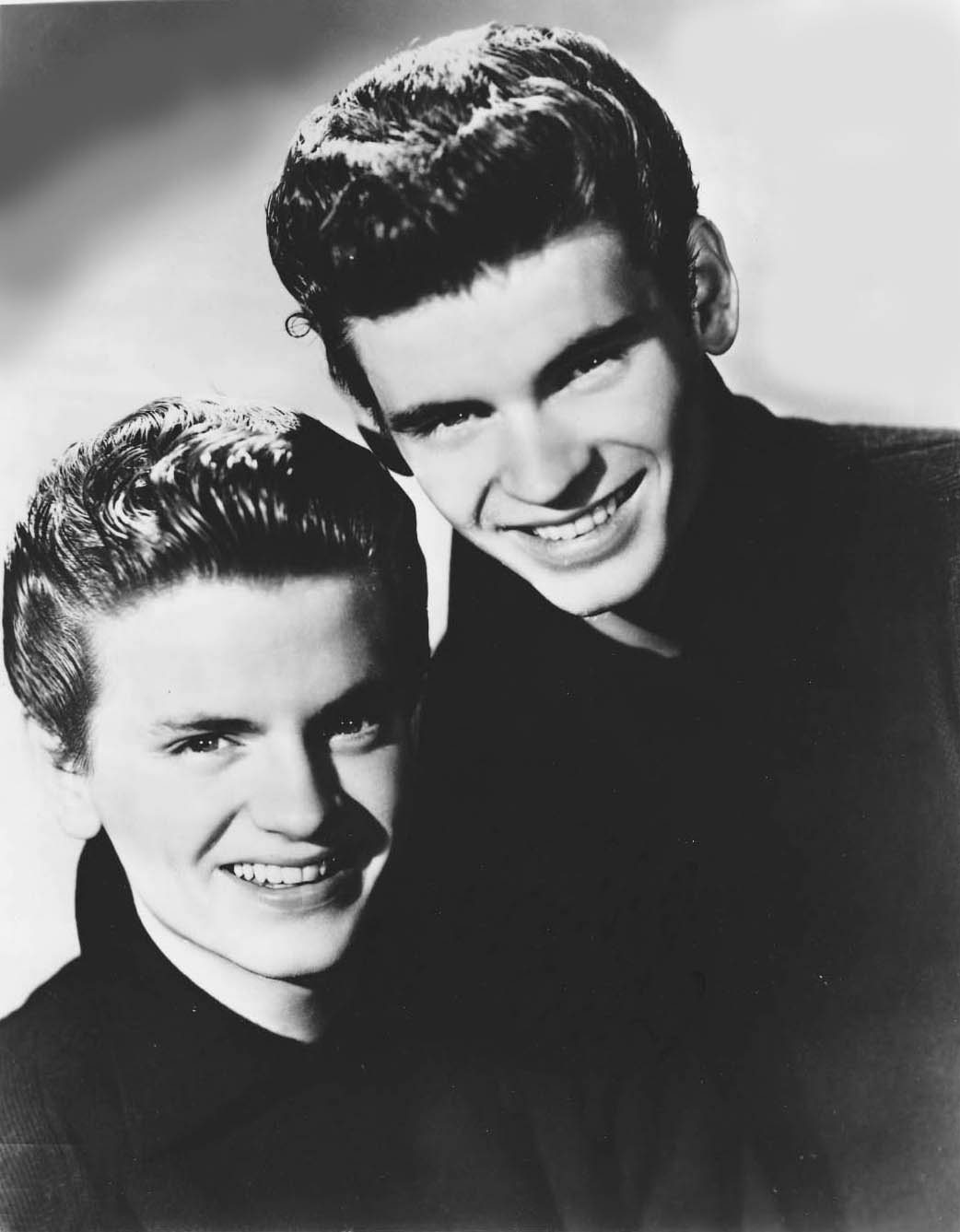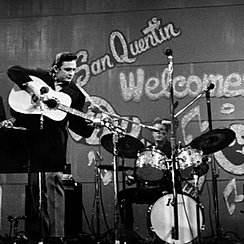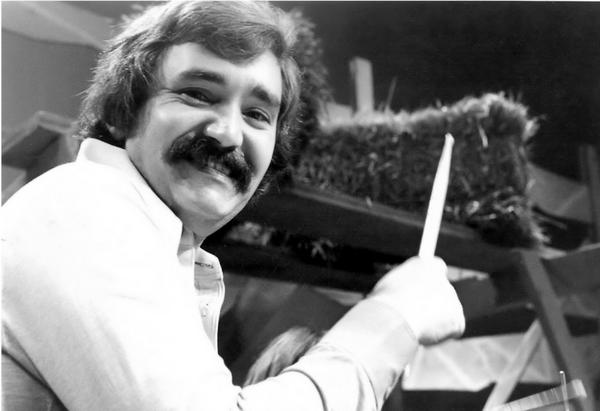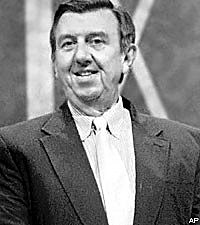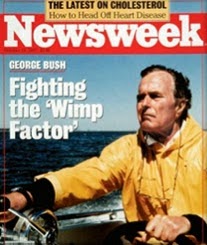This "Tequila" copycat record almost became a hit in 1959.
"Chili Beans," by Felix and His Guitar, was breaking in New York, Pittsburgh, Houston, Los Angeles, and San Francisco, according to the distributor's ad in Billboard. Billboard also reported that the single was getting airplay in Oakland, California. The record made the Top 30 at WINE in Buffalo, New York, and XEAK in Tijuana, and got a bit of airplay in San Bernardino, California too.
Credited only to "Felix and His Guitar," the record actually featured Felix Garcia, the composer of "Chili Beans." The recording was produced by Joe Saraceno, who produced the Ventures and the Marketts and is considered one of the all-time greatest producers in instro rock. ASCAP is listed as the publisher of Garcia's compositions, but the ASCAP database has no record of Garcia or his songs, so they're probably in the public domain now.
Despite all of this regional action, "Chili Beans" didn't chart nationally. It was covered by two major labels, though. The Coo-Coo Rachas, a studio group that released only one record, covered it for Capitol Records and got some airplay in Chicago.
And Boots Brown and His Blockbusters, a real group who'd had some success with the similar "Cerveza" in 1958, covered it for RCA Victor. Billboard reviewed the Boots Brown single and said that it had "a touch of the Tequila feeling."
This competition from the majors prompted the distributor of Felix's record, Nation Wide Enterprises, to advertise its version as "the original."
Nation Wide Enterprises distributed Aut Records, which doesn't appear to have released anything other than "Chili Beans." The ad above lists Lee (Lenora) Rupe as Nation Wide's contact person. Rupe was once married to Art Rupe of Specialty Records and used her divorce money in the late '50s to start Ebb Records, which released about 60 records, including the Hollywood Flames' hit "Buzz-Buzz-Buzz."
Garcia was identified by his full name on his other two records. In 1958—before "Chili Beans"—he recorded "Two Tacos" b/w "Summer Love" for the R-Dell label. In 1959—after "Chili Beans"—Rosco Records reissued "Two Tacos" with a different B-side, "Crazy Fingers." Billboard described "Two Tacos" as a "Latin instrumental, with danceable beat" but erroneously gave the title as "Two Tangos."
The short-lived R-Dell label, previously known as Aardell, also issued some recordings by Thurl Ravenscroft—the voice of Tony the Tiger in the Frosted Flakes cereal commercials—and Ken Curtis from the Sons of the Pioneers. In 1960, a Rosco Records issued a single by Dick Marsh, the future lead singer of the Seeds, but I don't know if it's the same Rosco that reissued "Two Tacos."
As an aside here, Dave Yorko—the lead guitarist of Johnny and the Hurricanes—recorded a tune called "Chili Beans" as Dave and the Orbits in 1965, but it's not the Felix Garcia number. (You can hear both sides of the Dave and the Orbits single here.)





